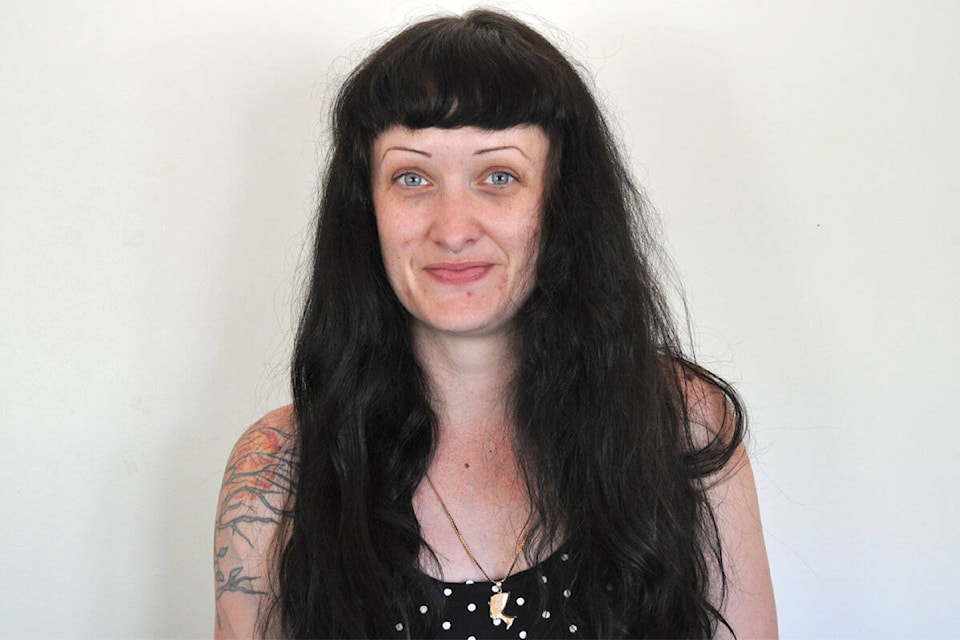On Nov. 1, the provincial government submitted an application to Health Canada requesting an exemption under the Controlled Drugs and Substances Act to decriminalize personal possession of drugs for adults 19 years and older, to a cumulative threshold of 4.5 grams.
Smaller amounts of drugs would not be seized and, instead of charges, people would be offered information or voluntary referrals to health care services.
If we recognize substance use as a public health issue, rather than a criminal or moral one, decriminalization represents a basic first step in dismantling oppression and stigma and empowering people who use drugs to access care with the end goal of reducing harm, and especially fatalities. But will it? And, if so, how? And for whom?
Not all people who use drugs meet the criteria for a diagnosis of Substance Use Disorder. In fact, according to American psychologist Dr. Carl Hart, around 70 per cent of people who use drugs do so in non-addictive ways.
If the aim is to reduce the harms of prohibition, it would follow that this policy should be aimed to meet the needs of those individuals most at harm, but who are these people?
Whereas occasional recreational substance users are at high risk of fatal drug poisoning due to fentanyl contamination and opioid naïveté, this population of substance users faces a relatively lower risk of criminalization simply due to their lower use pattern. Daily substance users (more likely to be diagnosed with Substance Use Disorder) are also at high risk of fatal drug poisoning and additionally face high risk of harms from criminalization including loss of liberty, violence, child apprehension, and more.
So, will this policy capture those most harmed by prohibition?
According to 2019 data from the BC Centre for Disease Control’s Harm Reduction Client Survey, a median of three substances were used by respondents in the previous three days. Hardly an anomaly, polysubstance use is a norm among people who use drugs.
Among respondents in Vancouver’s Downtown Eastside, the Vancouver Area Network of Drug Users (VANDU) found much higher rates of daily use than is captured in this 4.5g threshold — meaning that the majority of VANDU’s urban membership will not be protected by this policy shift. Additionally, VANDU found that 50 per cent of respondents regularly use more than one substance.
Without adequate data reflecting substance use patterns in rural and remote locations, we can logically extrapolate that people with reduced access may, at times, have in their possession a much larger personal quantity than urban users. For people with mobility issues, physical disabilities, pain, transportation barriers, folks who work in remote camp settings, without houses, or who buy for others who have access barriers, this threshold does very little to reduce the risk of criminalization.
If a cumulative threshold of 4.5g does not accurately reflect personal use patterns, it may leave behind those deemed most vulnerable and those most at risk of harm from criminalization.
If we approach decriminalization with an ahistorical lens or with disregard for the ongoing over-policing of marginalized populations, we risk perpetuating harm.
Rates of fatal drug poisoning among Indigenous people drastically outpace rates among non-Indigenous Canadians, and are accelerating. According to Geoff Rankin, policy director of the BC Association of Aboriginal Friendship Centres, “The B.C. model needs to listen to drug users and meet them where they are at, take reconciliation seriously by putting actionable processes in place to ensure decolonization of this process is real and not just another ill-conceived plan.”
For people with collective and individual histories of conflict with law enforcement, any police interaction is coloured by this power dynamic and trauma. According to Pivot Legal Society, “engagements and interactions with the police, however, are rarely characterized as benevolent overtures by communities who are impacted by interlocking oppressions.”
Moving police from the role of enforcement towards the provision of healthcare information and referral may do little to disentangle a complex and harmful relationship between people who use drugs and police.
On its own, this model of decriminalization may not adequately reduce harms to the individuals most impacted by prohibition. Policy change does not exist in a vacuum, and it does not happen overnight. Without culturally appropriate health care — including safe supply, rapid access treatment, housing, and more — this model of decriminalization may do little to reduce the most serious harms to those most impacted.
For decriminalization to work, it will need to be modelled on the behaviours of people who use drugs, and backed by a health system ready to support the needs of people who use drugs.
